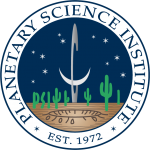Mathilde

Topography of the lunar poles, constructed using stereophotoclinometry (SPC) and Clementine images, is compared with results from LOLA and LRO wide-angle camera analyses.
Publications
Digital Terrain Models of Mathilde and the Moon
Reference Citation: Weirich, J.~R., Palmer, E.~E., Domingue, D.~L.\ 2019.\ Digital Terrain Models of Mathilde and the Moon.\ Lunar and Planetary Science Conference 2681.
Abstracts
https://ui.adsabs.harvard.edu/abs/2011LPI….42.2535G/abstract 50th Lunar and Planetary Science Conference, held 18-22 March, 2019 at The Woodlands, Texas. LPI Contribution No. 2132, id.2681
.
Ryugu
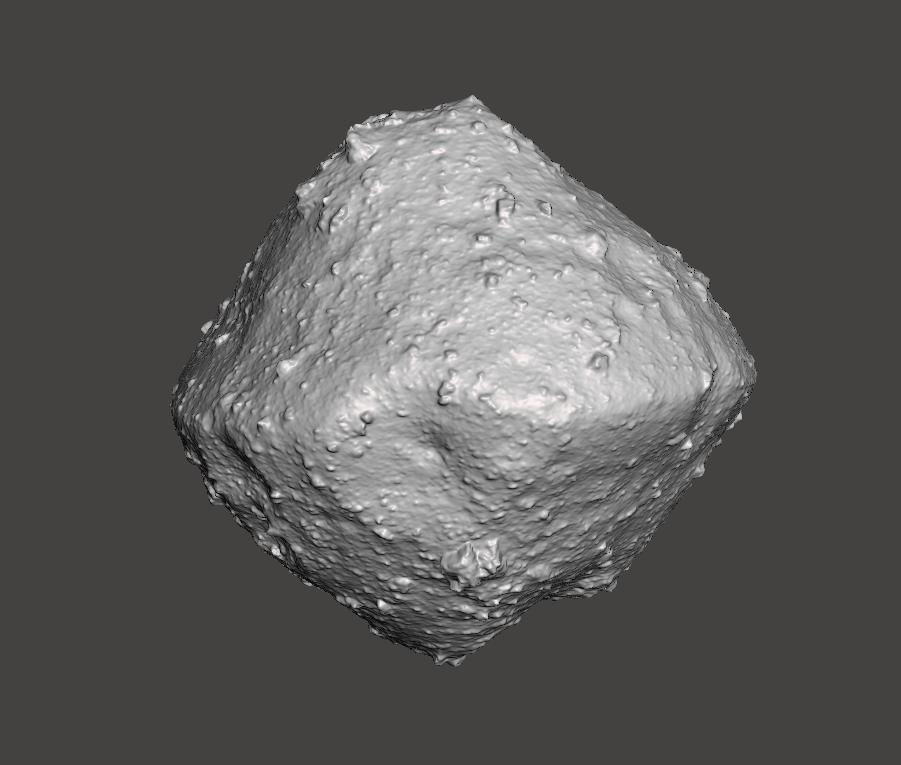
This SPC model was generated during the JAXA Hayabusa 2 mission.
Data: https://www.darts.isas.jaxa.jp/pub/hayabusa2/paper/Watanabe_2019/README.html
Bennu
OSIRIS REx NASA Mission
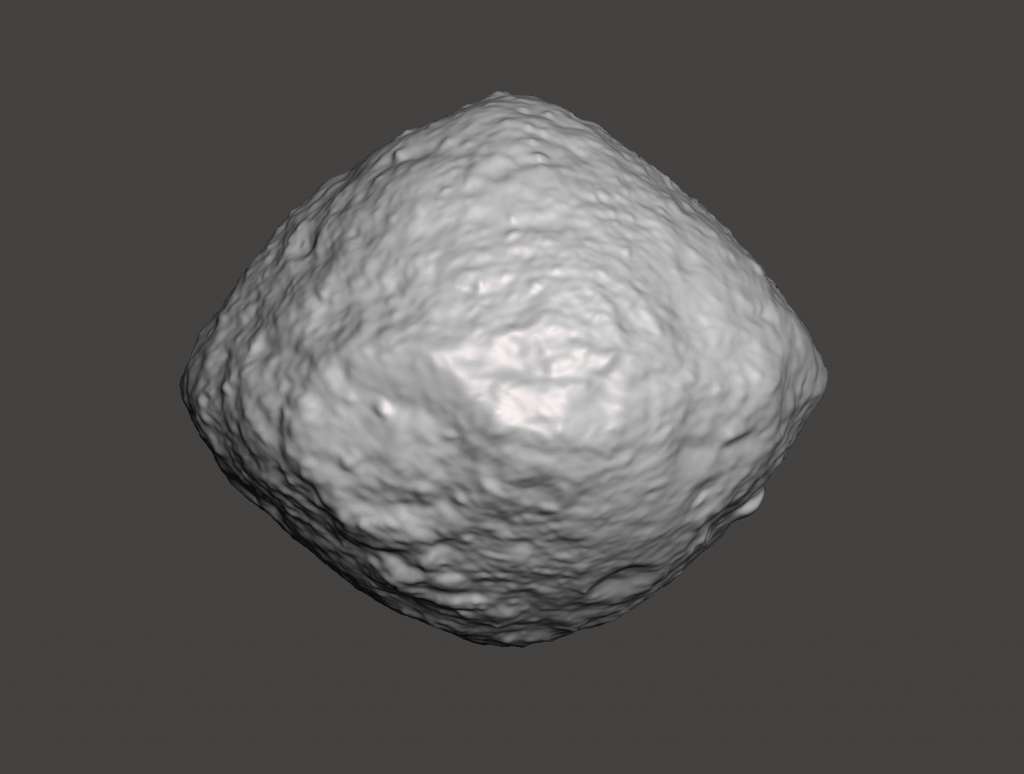
The accuracy of the global digital terrain model (GDTM) of Bennu obtained by the OSIRIS-REx mission to date has achieved global requirements earlier than anticipated. Additionally, a comparison between real images and synthetic images derived from the GDTM using normalized cross correlation show an exceptionally good match.
Data
101955 Bennu Shape Model PDS SBN OSIRIS-REx SPICE Data Archive
Publications:
Image Cross Correlation as a Measurement of Shape Model Quality
Reference Citation: Palmer, E.~E., Weirich, J.~R., Campbell, T., Barnouin, O.~S., Daly, M.~G., Lauretta, D.~S.\ 2018.\ Image Cross Correlation as a Measurement of Shape Model Quality.\ Lunar and Planetary Science Conference 1106.
Stereophotoclinometry Models in Support of the OSIRIS-REx Mission .
Reference Citation: Palmer, E.~E., and 11 colleagues 2019.\ Stereophotoclinometry Models in Support of the OSIRIS-REx Mission.\ Lunar and Planetary Science Conference 2588.
Evaluation of the Bennu Global Digital Terrain Model for OSIRIS-REx
Reference Citation: Palmer, E., and 7 colleagues 2019.\ Evaluation of the Bennu Global Digital Terrain Model for OSIRIS-REx.\ EPSC-DPS Joint Meeting 2019 2019, EPSC-DPS2019-387.
Abstracts:
Evaluation of the Bennu Global Digital Terrain Model for OSIRIS-REx EPSC AbstractsVol. 13, EPSC-DPS2019-387-1, 2019 EPSC-DPS Joint Meeting 2019
Stereophotoclinometry Models in Support of the OSIRIS-REx Mission 50th Lunar and Planetary Science Conference 2019 (LPI Contrib. No. 2132)
Image Cross Correlation as a Measurement of Shape Model Quality 49th Lunar and Planetary Science Conference 19-23 March, 2018, held at The Woodlands, Texas LPI Contribution No. 2083, id.1106
Evaluation of Topographic Error and Quality with Stereophotoclinometry 49th Lunar and Planetary Science Conference 2018 (LPI Contrib. No. 2083)
Error Analysis of Stereophotoclinometry in Support of the OSIRIS-REx Mission American Astronomical Society, DPS meeting #47, id.213.17
.
.
A progression of the SPC process throughout the OSRIS-REx mission
2013 Nolan Model

12 November Early Limb-based model

22 November Early SPC model

2nd December – End of approach

End of PreSurvey Model

.
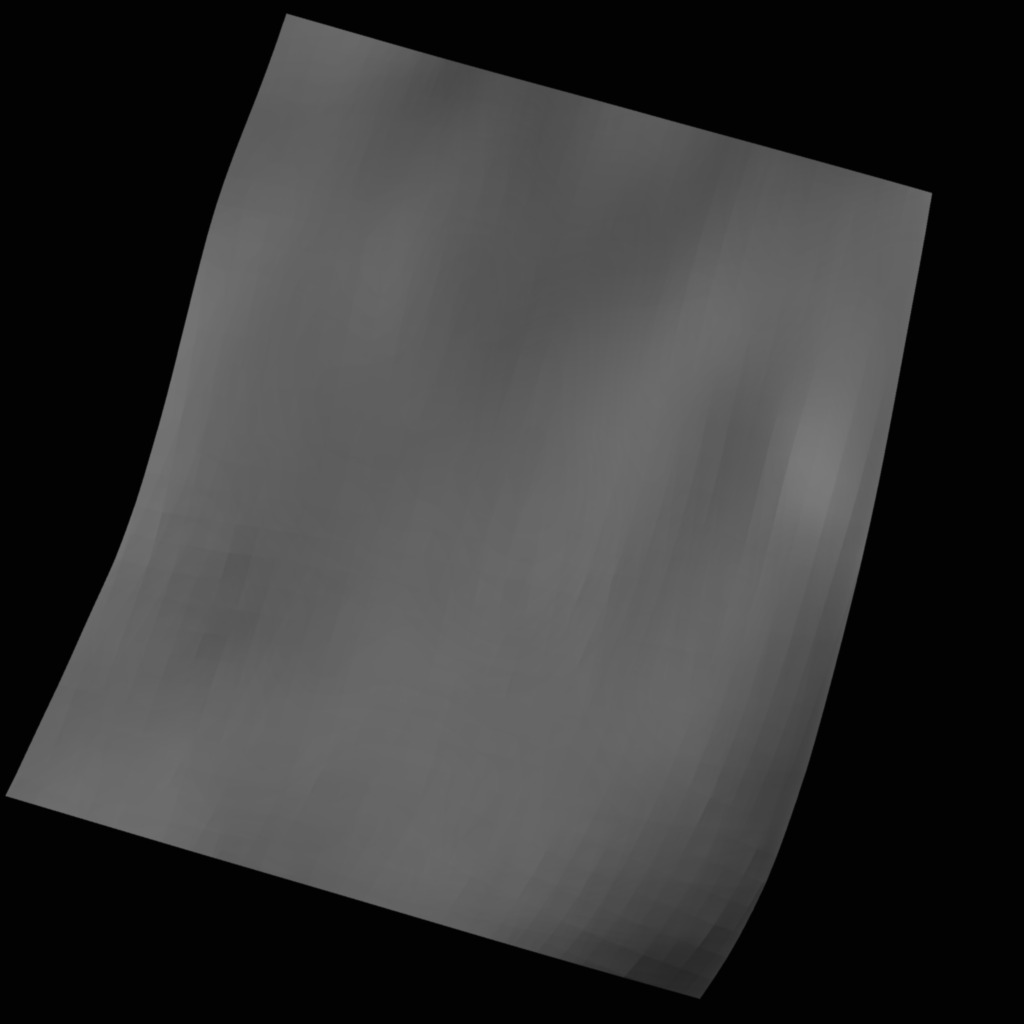
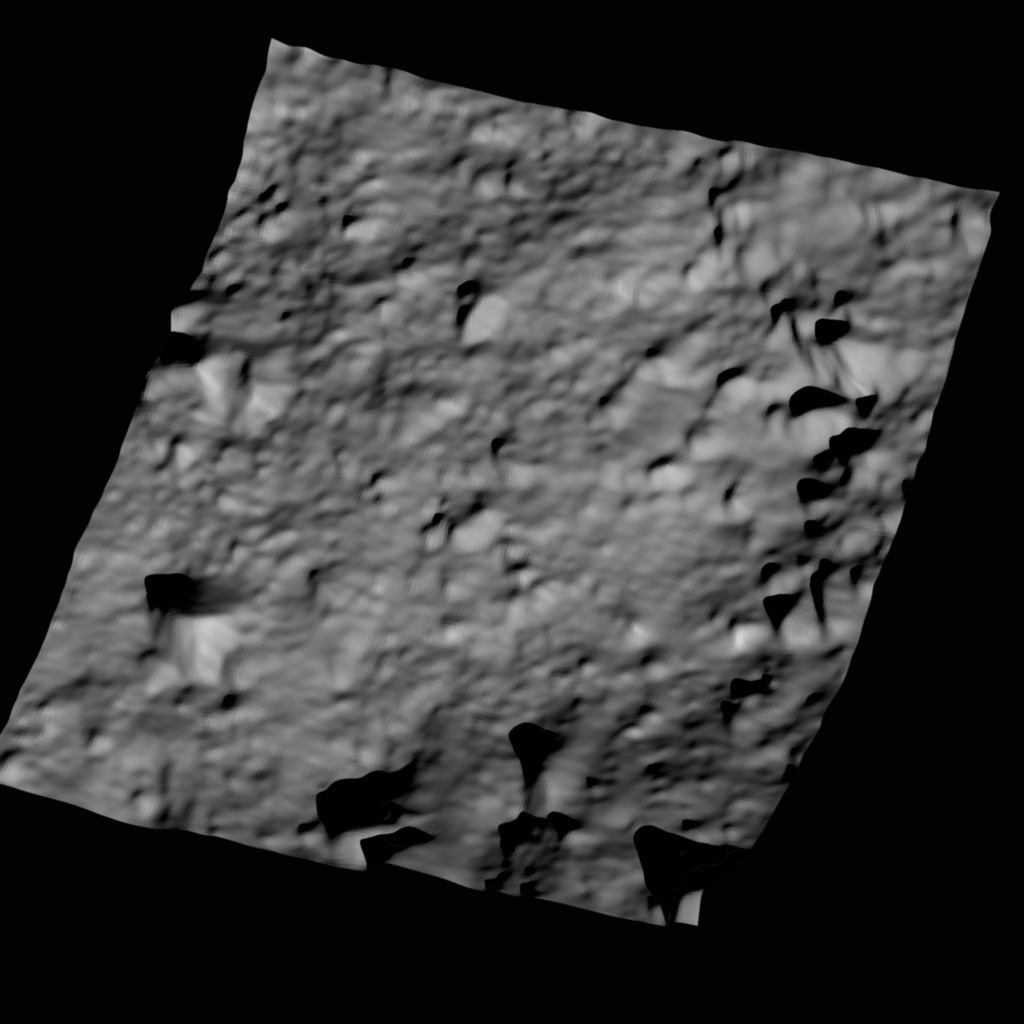

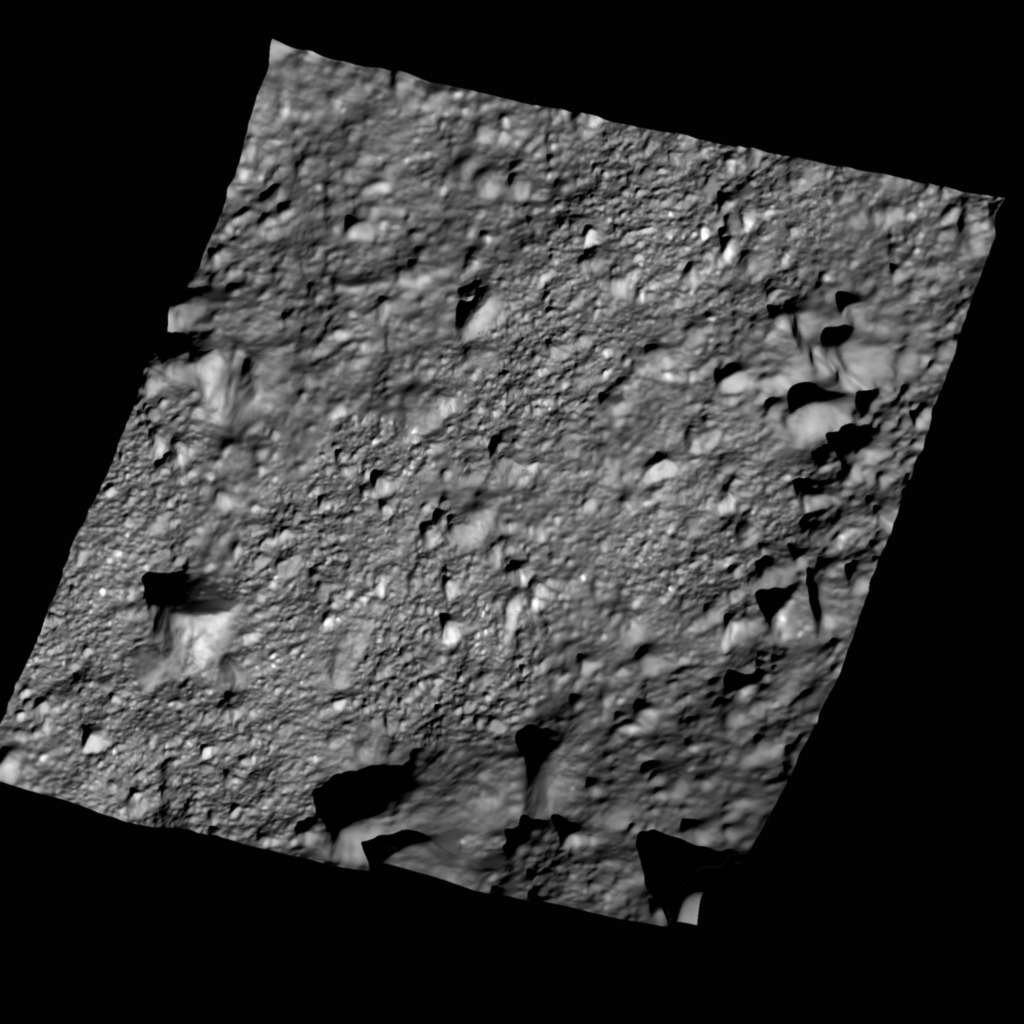
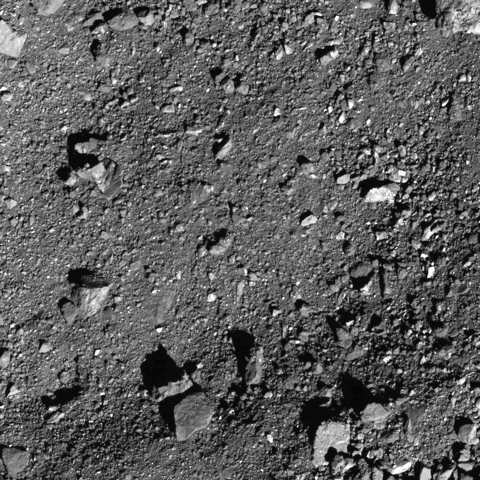
Ceres

Data
Ceres Shape model SBN PDS 2018
.
Vesta

The DAWN spacecraft has now left Vesta, leaving a legacy of more than 16000 clear filter images of the asteroid. During the last month of Dawn’s stay at Vesta, the sun slowly crept northward, enabling the spacecraft to view topography closer to the north pole. We have used these images with our stereophotoclinometry (SPC) software to construct topography for most of Vesta’s surface to 50 meter resolution, and below about 60 degrees south to 20 meter resolution. We present this topography as a 1/64 degree gridded map (about 70 m resolution), as a stereographic projection of the south polar region at 25 m resolution and as a global shape model with 1.57 million vectors. In addition, we present solutions for the s/c position and camera pointing at all imaging times during DAWN’s entire stay at Vesta.
Publications
SPC Shape and Topography of Vesta from DAWN Imaging Data
Reference Citation: Gaskell, R.~W.\ 2012.\ SPC Shape and Topography of Vesta from DAWN Imaging Data.\ AAS/Division for Planetary Sciences Meeting Abstracts #44 209.03.Paragraph
Abstracts
SPC Shape and Topography of Vesta from DAWN Imaging Data American Astronomical Society, DPS meeting #44, id.209.03
.
Eros

September 2008
The shape model of 433 Eros derived by Robert Gaskell from NEAR MSI images. The model is provided in the implicitly connected quadrilateral (ICQ) format in four levels of resolution. This version of the model was prepared on Feb. 23, 2008.
Data
Gaskell Eros Shape Model Gaskell PDS SBN data archive 2008
Publications
Gaskell Eros Shape Model V1.0
Reference Citation: Gaskell, R.~W.\ 2008.\ Gaskell Eros Shape Model V1.0.\ NASA Planetary Data System NEAR-A-MSI-5-EROSSHAPE-V1.0.
Abstracts
Eros shape model abstract NASA Planetary Data System, id. NEAR-A-MSI-5-EROSSHAPE-V1.0
.
Itokawa

The shape model of 25143 Itokawa derived by Robert Gaskell from Hayabusa AMICA images. The model is provided in the implicitly connected quadrilateral (ICQ) format in four levels of resolution. This version of the model was prepared on August 29, 2007.
Data
Itokawa shape model, Gaskell 2007, PDS SBN data archive
Publications
Gaskell Itokawa Shape Model V1.0
Reference Citation: Gaskell, R., and 8 colleagues 2008.\ Gaskell Itokawa Shape Model V1.0.\ NASA Planetary Data System HAY-A-AMICA-5-ITOKAWASHAPE-V1.0.
Abstracts
Gaskell Itokawa Shape Model V1.0 NASA Planetary Data System, id. HAY-A-AMICA-5-ITOKAWASHAPE-V1.0
.

